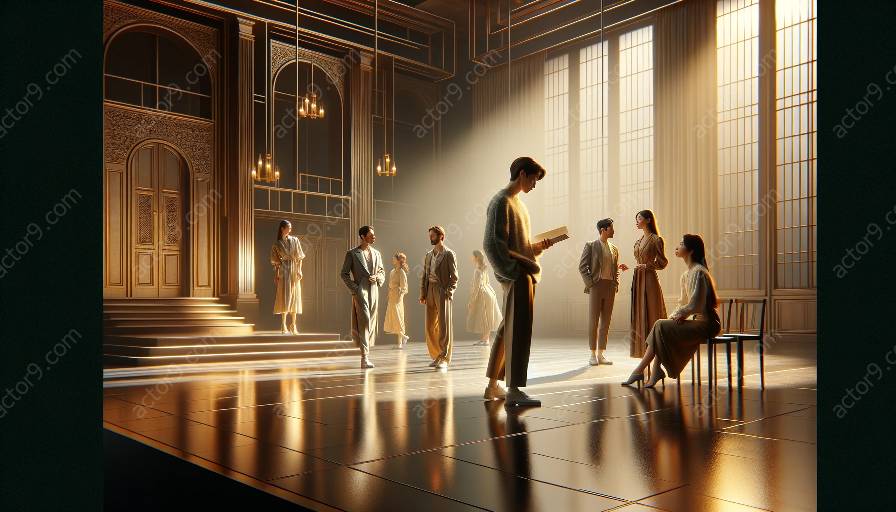In the world of theater, the relationship between practical aesthetics and the interpretation of classical theater works is a fascinating subject that explores how acting techniques influence the portrayal of classical plays.
What is Practical Aesthetics?
Practical aesthetics, developed by David Mamet and William H. Macy, is an acting technique that emphasizes the natural and realistic portrayal of characters. It encourages actors to focus on their actions, the pursuit of objectives, and the truthful expression of emotions, rather than relying on traditional acting methods that may feel artificial or forced.
The Value of Practical Aesthetics in Interpreting Classical Theater Works
When applied to classical theater works, practical aesthetics can breathe new life into these timeless plays. By focusing on genuine emotional expression and realistic actions, actors using practical aesthetics can provide a fresh and engaging interpretation of classical characters and storylines. This approach allows for a deeper connection between the audience and the material, as the performances feel more immediate and authentic.
Techniques for Applying Practical Aesthetics to Classical Theater Works
Actors using practical aesthetics to interpret classical theater works can employ a range of techniques to bring these plays to life in a compelling and impactful manner. These techniques may include:
- Objective-Driven Performance: Emphasizing the pursuit of specific objectives within the context of the play's plot and character interactions, leading to more dynamic and authentic performances.
- Emotional Truthfulness: Encouraging actors to genuinely connect with the emotional experiences of their characters, allowing for more nuanced and deeply felt portrayals.
- Naturalistic Movement and Gesture: Focusing on natural, uncontrived movement and gestures that reflect the characters' emotional states and intentions, enhancing the overall realism of the performance.
Impact on Audience Reception
By utilizing practical aesthetics in the interpretation of classical theater works, actors can create performances that resonate deeply with audiences. The focus on authenticity and emotional truth can make the characters and stories feel more immediate and relevant, drawing in viewers and fostering a greater appreciation for the enduring power of classical plays.
Conclusion
The relationship between practical aesthetics and the interpretation of classical theater works is a rich and illuminating intersection, where the principles of practical aesthetics can breathe new life into the timeless narratives of classical theater. By embracing the values of naturalism, emotional truthfulness, and genuine human experience, actors can honor and interpret these works in ways that resonate deeply with contemporary audiences, keeping the spirit of classical theater alive and vibrant.













































